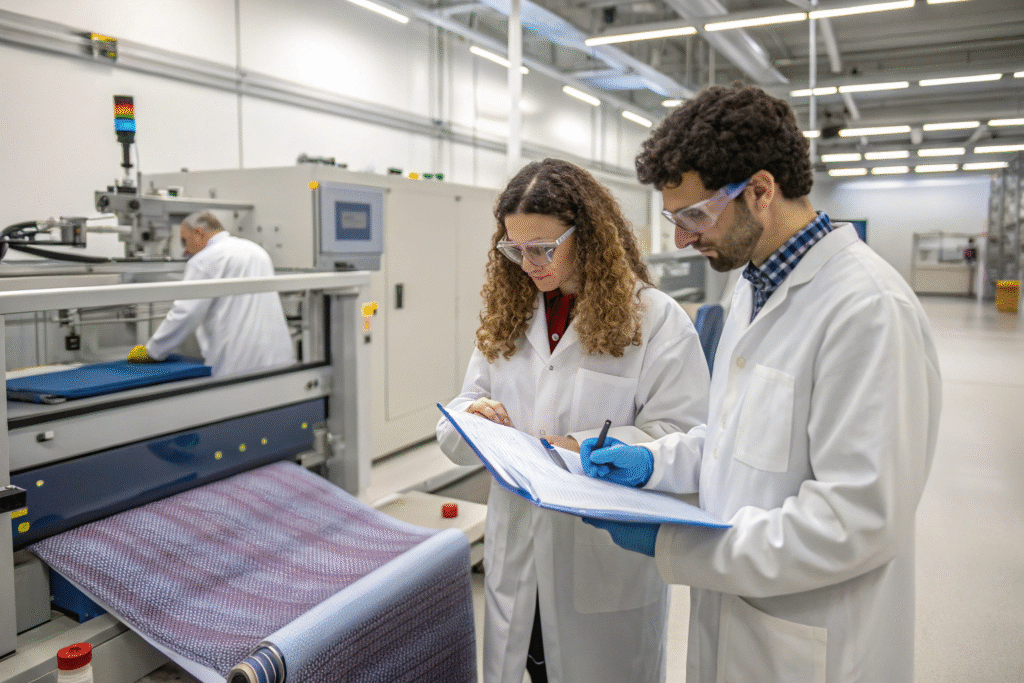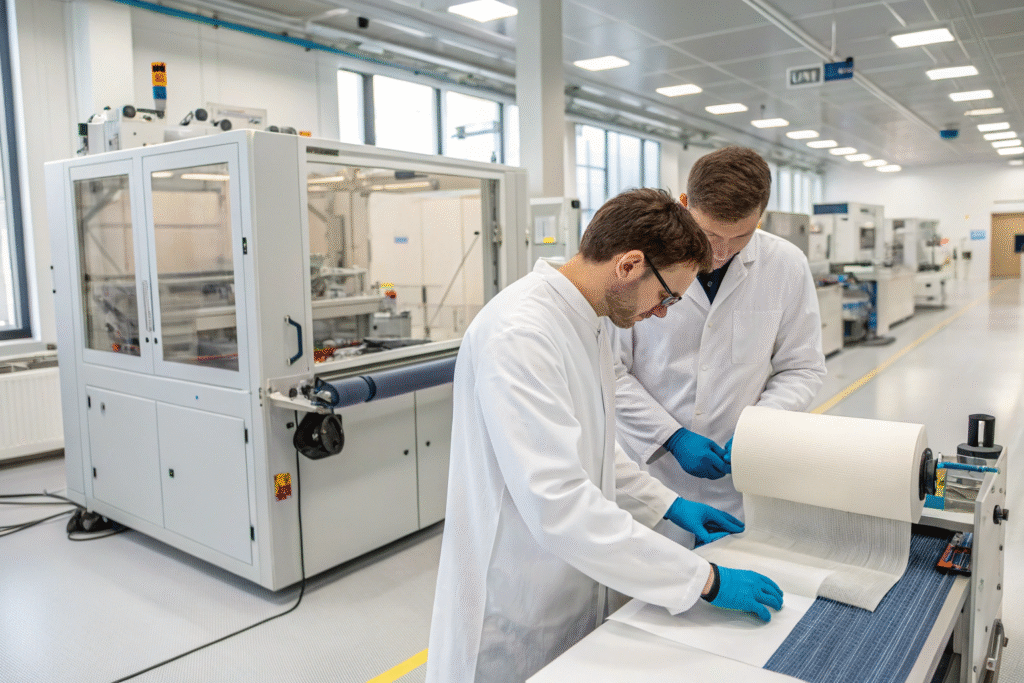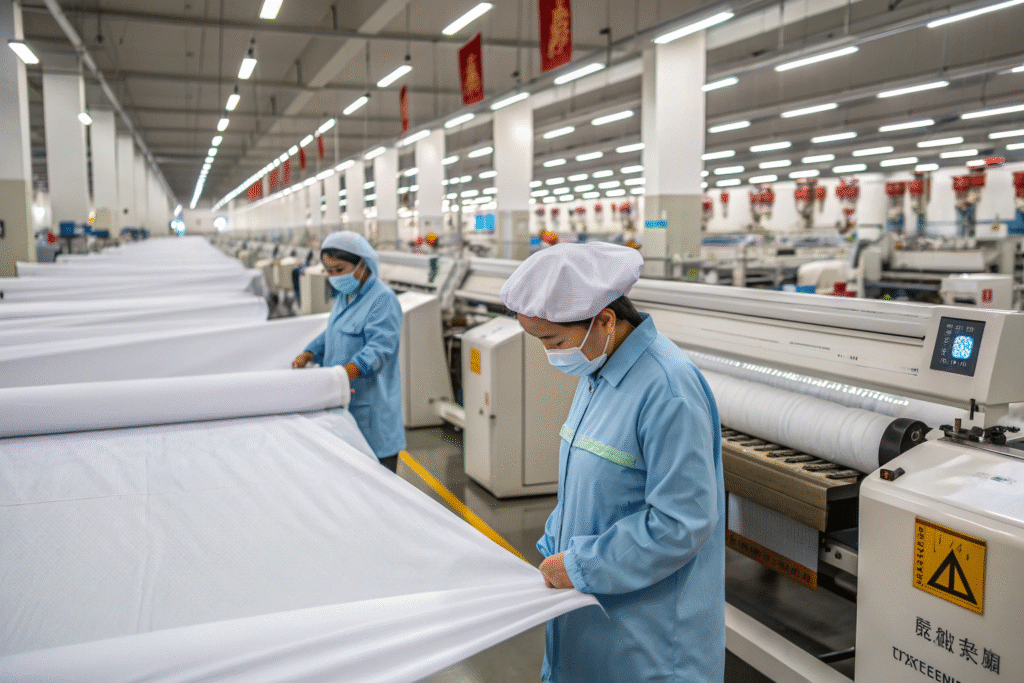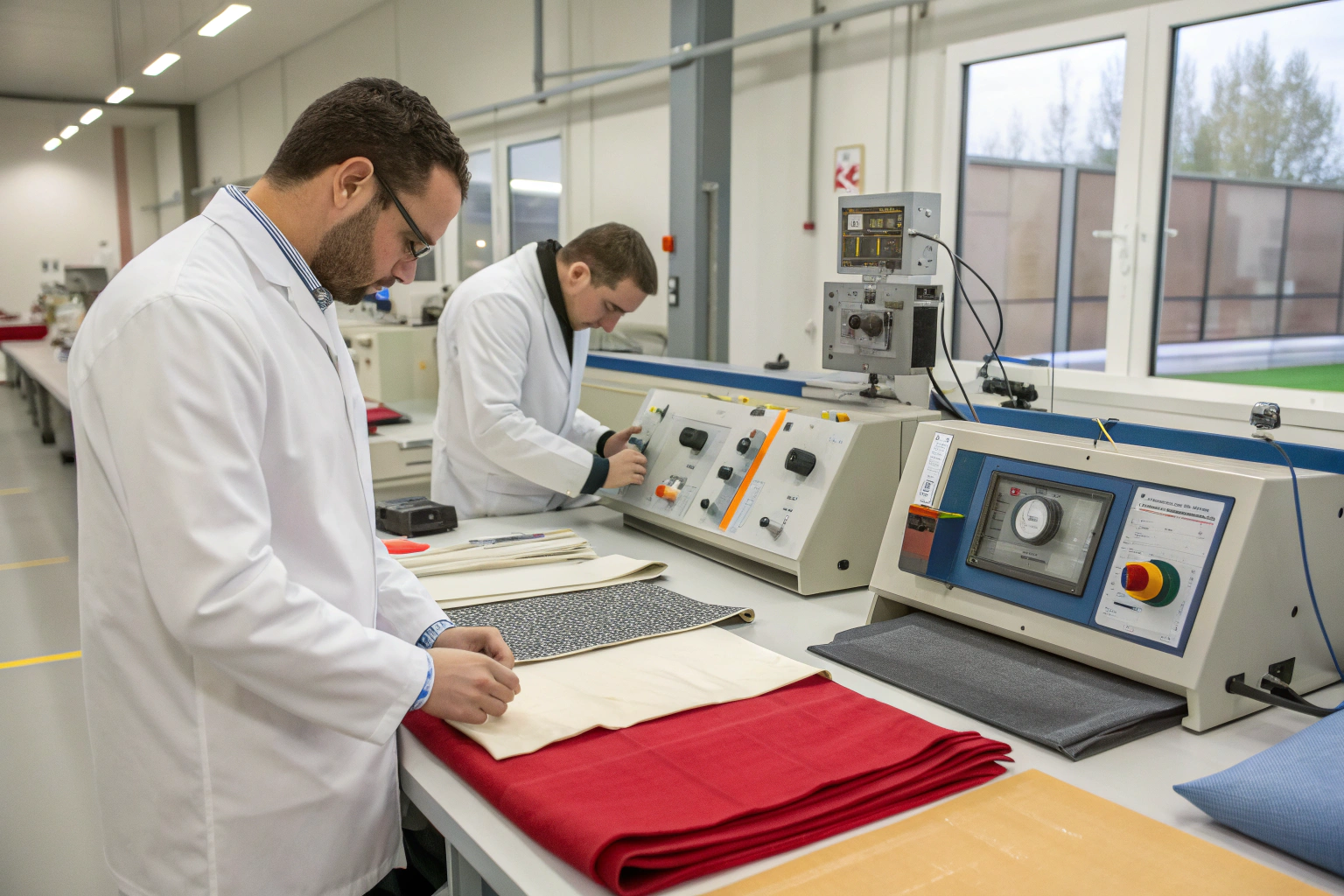The durability of electronic textiles is a critical concern for global buyers and manufacturers. Many wonder whether fabrics enhanced with conductive yarns, sensors, or printed circuits can survive real-world use. Without reliable testing, the risks include market recalls, dissatisfied customers, and financial losses.
ASTM F3050 addresses this issue by providing clear, internationally recognized testing procedures. It establishes a benchmark for evaluating how e-textiles perform under stress, ensuring products remain functional and reliable.
By setting standardized methods, ASTM F3050 reduces uncertainty in the industry. It builds trust between suppliers and buyers and helps innovators bring high-performance products to market with confidence.
What Does ASTM F3050 Cover in E-Textiles?
ASTM F3050 is not limited to one type of test. Instead, it provides a structured framework covering multiple durability factors, including wash resistance, mechanical stress, and long-term wear. For buyers, this means they can evaluate performance under transparent and comparable conditions.
In short, ASTM F3050 ensures global consistency in measuring e-textile durability, regardless of production origin.

How Does the Standard Define Wash Durability?
The wash durability guidelines replicate laundering conditions faced by garments. They test how fabrics maintain functionality after repeated machine wash cycles. This ensures embedded circuits or conductive yarns remain effective. For more details, refer to AATCC textile care guidelines and SGS textile testing services.
Why Is Mechanical Testing Important for Wearable Tech?
Flexibility, abrasion, and stretching significantly affect smart textiles. ASTM F3050 outlines tests that simulate these forces, ensuring garments perform during everyday activities. Industry resources like ISO textile standards and Intertek quality testing demonstrate global applications of these durability assessments.
Why Should Brands Trust ASTM F3050?
Before launching smart fabrics, brands need confidence in their durability. ASTM F3050 provides that assurance by offering globally validated testing methods. These procedures ensure suppliers meet international benchmarks for performance.
By adopting ASTM F3050, brands minimize risks, strengthen buyer trust, and speed up market entry.

Does It Align With Global Certification Bodies?
Yes. ASTM F3050 complements international frameworks, making it easier for brands to enter U.S., European, and Asian markets. Certifications such as OEKO-TEX® and testing by Bureau Veritas often accompany ASTM evaluations, reinforcing product credibility.
How Do Buyers Gain Confidence Through ASTM Testing?
Buyers prefer verifiable data instead of relying on supplier claims. ASTM-backed reports ensure product quality is consistent across manufacturers. Industry insights from Textile World and AATCC updates show how such practices increase transparency and reduce disputes.
How Does ASTM F3050 Support Product Innovation?
Innovation in e-textiles ranges from wearable fashion to medical devices. ASTM F3050 provides a durability framework that supports creativity while ensuring safety. It does not restrict innovation but instead offers guidelines to bring robust solutions to market.
With ASTM F3050, innovators can confidently scale prototypes into commercial-ready products.

Can It Accelerate Market Readiness for Smart Fabrics?
Yes. By identifying weaknesses during prototype testing, ASTM F3050 prevents late-stage failures. It reduces redesign costs and helps companies accelerate time to market. Reports from IEEE wearable tech studies and Fashion Innovation Agency confirm that standards play a vital role in commercialization.
What Role Does It Play in Medical and Safety Textiles?
In healthcare, durability is essential. ASTM F3050 ensures that smart medical garments remain functional after repeated sterilization or wash cycles. This fosters adoption in hospitals and care facilities. Research from the NIH on wearable sensors and FDA guidelines highlight the value of reliable durability standards.
How Can Suppliers Like Us Add Value With ASTM F3050?
As a supplier, we integrate ASTM F3050 testing into our development and production processes. This ensures buyers receive fabrics that perform as promised, backed by verifiable results.
By combining Keqiao’s textile cluster advantages with ASTM F3050 compliance, we deliver fabrics that meet international durability expectations.

Why Should Buyers Source ASTM-Tested Fabrics From China?
China’s textile ecosystem provides speed, capacity, and variety. With ASTM F3050 compliance, suppliers can ensure products meet international demands. Reports from Fibre2Fashion and Textiles Intelligence confirm how standards boost China’s global competitiveness.
How Do We Support Brands With End-to-End Testing?
We work with accredited labs to provide ASTM-compliant data alongside fabric deliveries. Buyers gain complete transparency and confidence. References like Keqiao textile cluster initiatives and China Textile Information Center explain how the region supports global exports.
Conclusion
ASTM F3050 is the foundation for building trust in the e-textile industry. It ensures durability through rigorous wash, mechanical, and certification-aligned testing. For brands, it minimizes risks and accelerates product readiness. For suppliers, it provides a competitive advantage and reinforces market credibility.
At Fumao Fabric, we integrate ASTM F3050 into every stage of our development and supply chain. If you want to co-create durable, innovative fabrics for your market, reach out to our Business Director Elaine at elaine@fumaoclothing.com and explore how Shanghai Fumao can support your textile goals.










